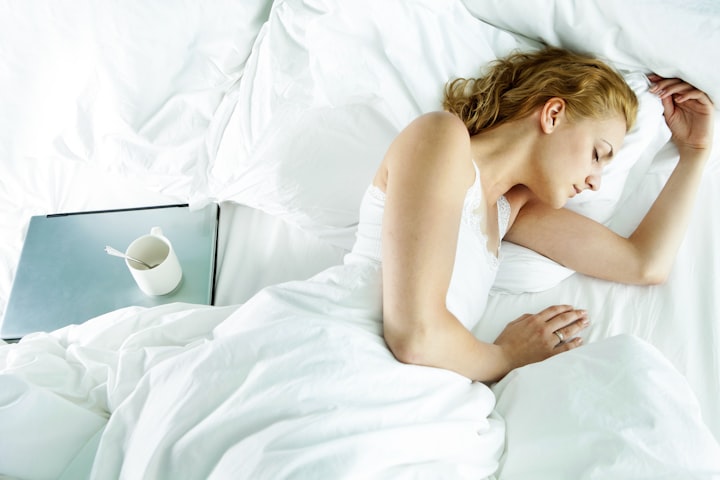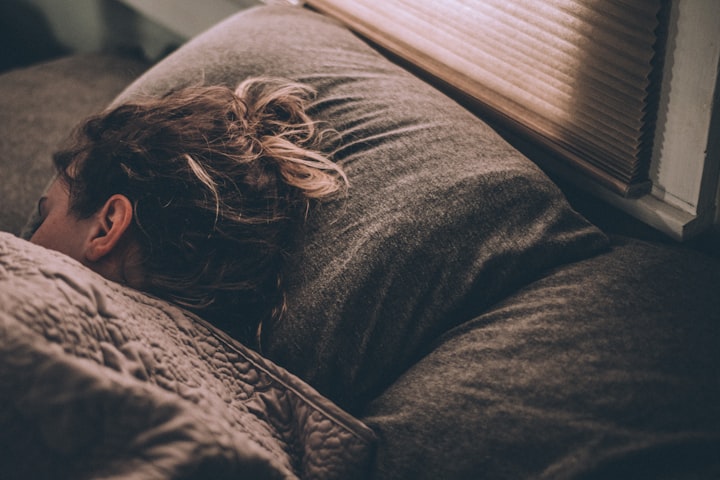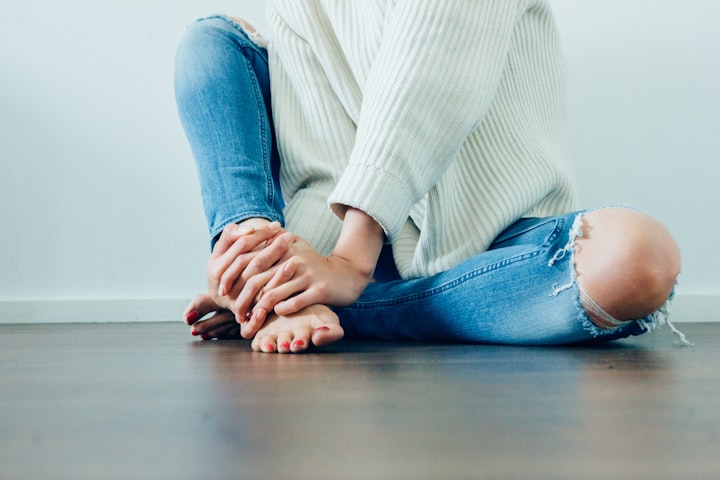Top 5 Bed Factors Affecting Your Sleep and Health
health

According to statistics, a person spends almost one-third of his life in a dream, yet few people recognise the significance of the process itself. However, sleep is the essential foundation of each organism's life. And sometimes the obstacles that keep us from getting enough rest are there in front of us. And it's not only about the annoyance during sleep; it's about health degradation against a backdrop of little but significant elements.
1. Like a princess and a pea
It would seem: all people know how to sleep, it is impossible to imagine that someone would do it “wrong”. At the same time, a number of health problems are caused precisely by the wrong position of the body during sleep, especially the head.
After sleeping in uncomfortable conditions, headaches often occur due to impaired blood circulation or muscle tension. Mood deteriorates, productivity falls. There is a feeling of lack of sleep. Discomfort in the back, cervical spine, shoulders - these and many other signs haunt those who neglect the position of the body during sleep. If you think about it, the example of the famous Princess and the Pea from the fairy tale of Hans Christian Andersen, who could not sleep because of an object in her featherbed, was not so far from the truth.
When it comes to proper body position during sleep, it is important to make sure that the cervical spine is in an anatomically correct curve. Deviation from it can occur if your pillow is too high or, conversely, too low.

The higher the pillow, the more likely the airway will be blocked. This leads to snoring, and in addition to venous congestion, muscle cramps - and even to diseases of the cervical spine, up to the risk of stroke. The supine position, in turn, increases blood flow to the upper airway, which causes snoring and respiratory arrest.
It also happens that the height is chosen correctly, but the pillow itself is too soft. In such cases, the filler is wrinkled more than expected at the time of purchase, and the head is still in the wrong position.
In addition to choosing the right pillow - taking into account height, weight, head position - and choosing a mattress, it is important to do morning exercises, play sports, and stretch your neck and shoulders during the day.
2. Invisible inhabitants
Naturally filled pillows inevitably contain microorganisms invisible to the naked eye: dust mites, bacteria, and fungi. They do not bite people directly, but the danger lies in their metabolites, or waste products, which easily rise into the air and enter the respiratory tract, provoking allergic reactions and diseases.
They can cause atopic dermatitis in the form of flaking and itching of the skin. An allergic reaction can include redness of the eyes, watery eyes, runny nose, and coughing. People with a tendency to bronchial asthma should be especially careful. At the same time, asthma most often manifests itself precisely at an early age, especially in families where parents have allergies. In children, the airways are not yet as stable as in adults.
In addition, a University of Manchester study found that the environment in which the bedding is used during sleep - high humidity due to sweat and temperatures in the region of 30 ° C for about eight hours a day - is ideal for the propagation of fungal crops.
In order not to put yourself at risk, the pillows must be completely replaced every six months. For example, in two years, up to 10% of its weight can be dust mites, bacteria, fungi and dead skin particles. It is necessary to wash bedding regularly - not only pillowcases, sheets and duvet covers, but also the pillows and blankets themselves - once a week, a maximum of two.
3. Snoring husband
Snoring is not as harmless as it might seem. It not only disturbs the person himself and others, but also acts as a harbinger of a serious illness - obstructive sleep apnea syndrome, in other words, respiratory arrest.
The problem of snoring is most common among middle-aged men who are overweight and have bad habits such as smoking and alcohol. However, it also occurs in women. Although there are exceptions - people with congenital structural features of the facial part of the skull or upper respiratory tract, with a deviated nasal septum, etc. Snoring occurs even in children and is usually associated with the proliferation of adenoid tissue and tonsils.
It is almost impossible to completely stop snoring. However, it is quite possible to reduce the manifestations of snoring: for example, create favorable conditions for sleep, adopt a natural posture, and avoid non-physiological tilt of the head and neck. To do this, it is important to choose the right bedding that will help reduce the load on the spine and ensure the normal functioning of the respiratory tract. In addition, weight loss will be beneficial for those who are overweight, as well as limiting food and alcohol intake in the evening.
4. What about beauty
Sleep quality affects not only health, but also appearance. Venous congestion leads to morning puffiness on the face, and creases on the skin during sleep gradually turn into visible wrinkles, especially if you sleep face down. Some people are allergic directly to down and feathers in pillow fillers, the skin turns red, and there may be rashes. Redness, clogged pores and irritation are directly caused by impurities that eventually appear on the bedding. Indeed, according to studies, an adult during a year during sleep emits up to 100 liters of sweat - this figure is enough to convince anyone to wash bedding more often.
Orthopedic pillows, which are now widely available in stores, will help to support the head in the correct position during sleep. In addition, there are special weighted blankets with micro-granule fillers. Weights create evenly distributed pressure, which promotes the production of serotonin, endorphins, and dopamine, which reduce stress levels. In addition, these blankets help to roll over less during sleep.
5. "Restless legs"

Sleep quality is also affected by restless legs syndrome (RLS), a chronic disorder that causes discomfort. The Swedish neurologist KA Ekbom described this condition back in 1945 as "sleep disturbance due to restlessness in a relaxed state associated with unpleasant sensory sensations in the legs."
The problem is faced by people of completely different ages, but it manifests itself more clearly after 20 years, reaching a peak at 70-79 years. Curiously, women experience this syndrome on average twice as often as men. Among the frequent complaints with such a disorder are a constant desire to move, the appearance of goose bumps, tremors in the muscles, burning in the legs, and more. Sometimes such sensations are absent, but involuntary twitching, jerking of the legs or other parts of the body are observed.
Unpleasant symptoms usually occur or worsen at rest, particularly before bedtime or at night. This leads to sleep disturbance and, as a result, even to anxiety-depressive disorders and restriction of the usual way of life. In the later stages, people feel uncomfortable during the day.
It is possible to reduce these signs with the help of massage and water procedures before bedtime: foot baths, contrast showers. For prevention, it is important to observe sleep hygiene - this is a regime, an environment, a calm atmosphere, etc. It is recommended to limit smoking, alcohol and coffee consumption, and play sports. Medical treatment is necessary in cases of a particularly severe illness and requires consultation with a doctor. In about half of the cases, this condition is well eliminated.






Comments
There are no comments for this story
Be the first to respond and start the conversation.